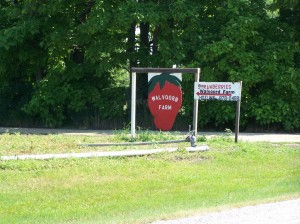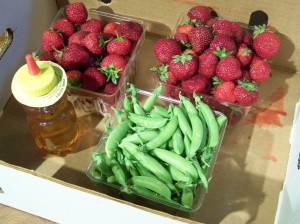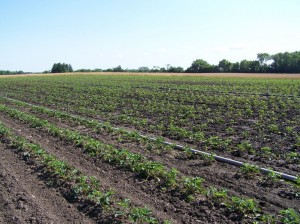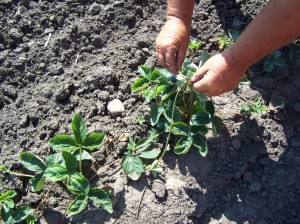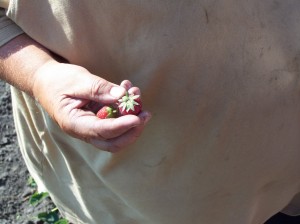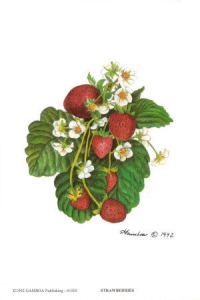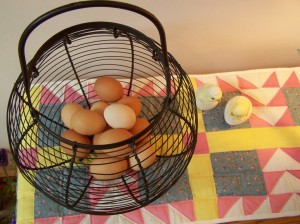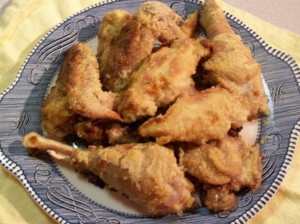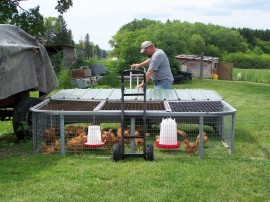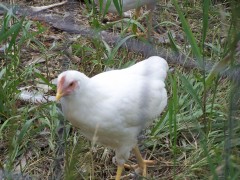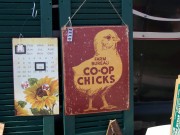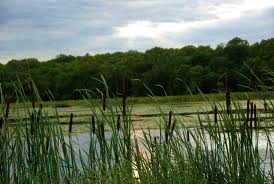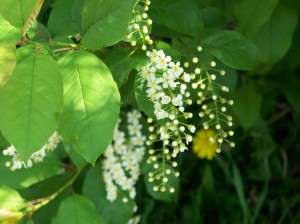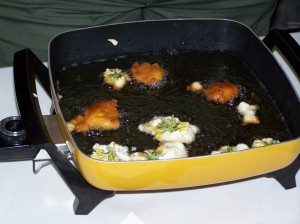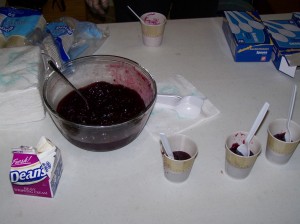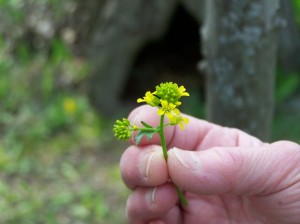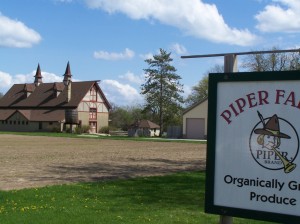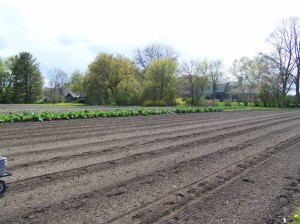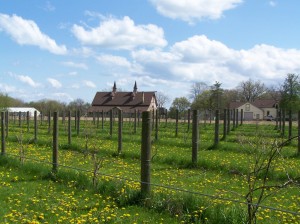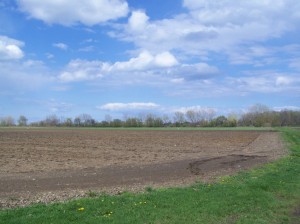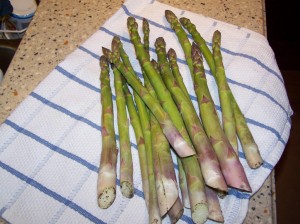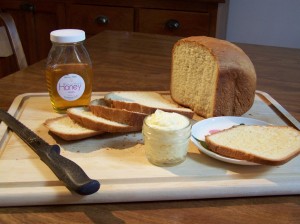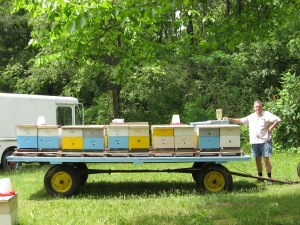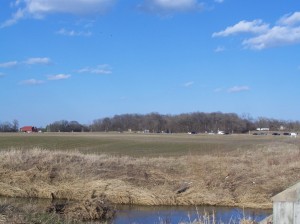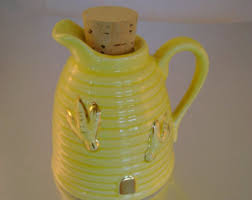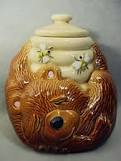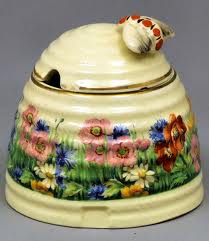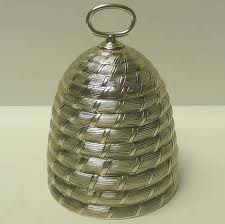Honestly, who doesn’t love strawberries? A luscious, ripe berry just tastes like summer. I wait for that first sweet, juicy bite all winter and spring. I often drive Hwy A on my way to work everyday, anxiously watching for signs that Walvoord Strawberries are ready and picking has begun. You can pick your own berries and peas from about Father’s Day until about the 4th of July. Or you can drive in and buy the pre-picked quarts for sale along with honey from bees on the property. Sometime I will have to pick my own, but more often I just drive in.
Gary Walvoord was kind enough to take me on a tour of the farm and tell me how the strawberries are grown. It takes a lot of labor and a lot of water to get those red jewels of summer planted, weeded and picked for the short season they are available. But Gary’s been doing it for 20 years, with a minimum amount of help and limited chemicals (once in the fall for weed seeds) so that visitors can eat right out of the field. (Who can resist tasting as they pick?)
Gary mulchs the field with straw to keep the fruit off the dirt, reduce mildew and keep the berries clean when watering. Which he does quite often to the tune of an inch an hour from 3 wells and his irrigation pond; approximately 280,000 gallons or the equivalent of 10 swimming pools every 2-3 days!
He planted 61,500 plants this year, replacing 1/3 of the plants each year as strawberries produce their best fruit for just 3 years. His farm can supply you with 1 qt. to 200 qts. And no pre-ordering is necessary. He sells berries to several specialty stores in the area including: Sendick’s, Elegant Farmer, Borzynski’s, Woodman’s and Grasch’s.
“If you don’t like it, I eat it,” is his policy.
Convenience for his customers is a top priority, and he makes sure that you won’t have to walk far to get into the field and get picking!
The farm also sells pumpkins, gourds, squash and Indian corn in the fall at farm stands and the above markets. They will offer Asparagus for the first time next spring as well. I’ll be watching even earlier next year for that!
Walvoord farm stands are located at:
Franksville Mart on Hwy K
Hwy 20 and Hwy 36, Waterford
Hwy 50 and Hwy 75, Salem
Hwy 142 and Hwy 45, Union Grove
Or stop at the farm: 21632 Plank Road (Hwy A) Kansasville, WI 53139
(Between Hwy 45 and Hwy 75)
(262) 878-0488
Related articles
- Agriberry: Blackberries with a Purpose (falllinefarms.com)
- ……fruit forward…… (thebalderachs.com)


